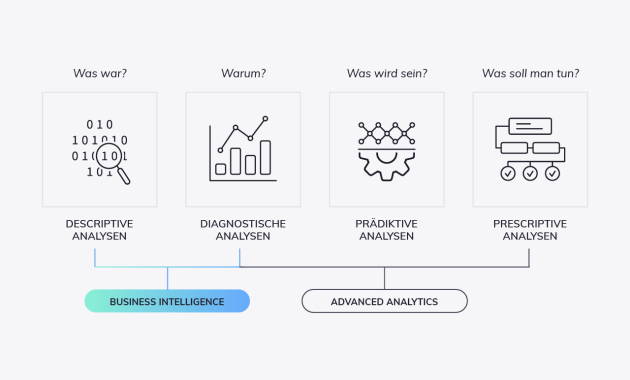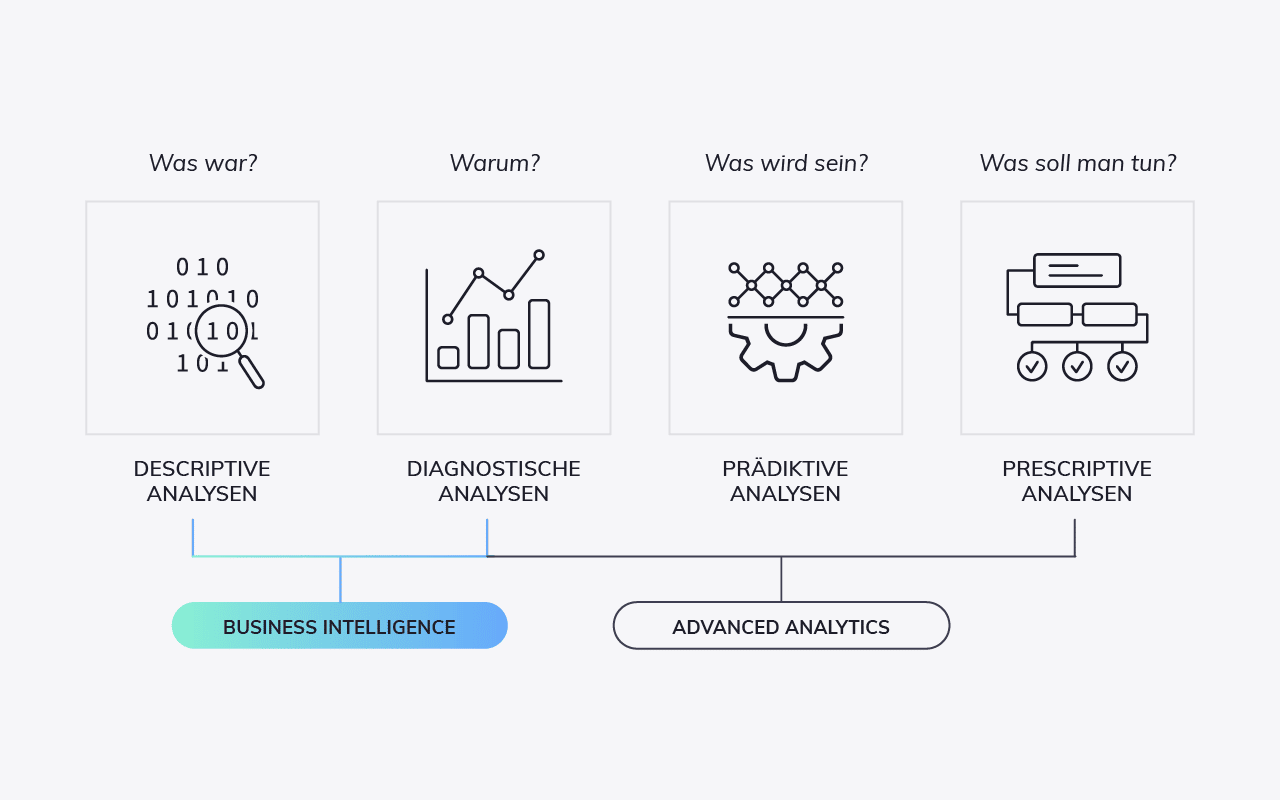
How to Simplify Analytics with Business Intelligence Software: A Comprehensive Guide
In today’s data-driven world, businesses are drowning in information. The sheer volume of data generated daily can be overwhelming. Turning this raw data into actionable insights is crucial for success. This is where business intelligence (BI) software steps in. This guide explores how to simplify analytics with business intelligence software. It examines the benefits, features, and implementation strategies. The goal is to empower businesses to make data-informed decisions.
The Challenge of Data Overload
Businesses collect data from various sources. These include customer interactions, sales transactions, and marketing campaigns. Analyzing this data manually is time-consuming and prone to errors. Spreadsheets and legacy systems often struggle to handle the volume and complexity of modern data. This complexity can hinder decision-making and lead to missed opportunities.
The challenge extends beyond data volume. Data often exists in disparate silos. Integrating and consolidating data from different sources can be a significant hurdle. Without a unified view of the data, it’s difficult to identify trends and patterns. These patterns are critical for business optimization.
Benefits of Business Intelligence Software
Business intelligence software offers several advantages. It simplifies data analysis and reporting. It provides a centralized platform for data visualization. This platform allows users to create dashboards and reports. These dashboards offer real-time insights into key performance indicators (KPIs). This enables faster and more informed decision-making.
Business intelligence software automates many manual tasks. This includes data extraction, transformation, and loading (ETL). Automation frees up employees. Employees can focus on higher-value activities. These activities include strategic analysis and problem-solving. This leads to increased efficiency and productivity.
Business intelligence software also improves data accuracy. It reduces the risk of human error. It standardizes data across the organization. This ensures consistency in reporting. Accurate data leads to more reliable insights. Reliable insights are essential for making sound business decisions.
Key Features of Business Intelligence Software
Business intelligence software offers a range of features. These features are designed to simplify data analysis. They include data visualization, reporting, and data integration.
- Data Visualization: This feature allows users to create charts and graphs. These visuals make data easier to understand. Visualizations help identify trends and patterns.
- Reporting: Reporting capabilities enable users to generate custom reports. These reports can be scheduled and automated. They provide insights into key business metrics.
- Data Integration: This feature allows users to connect to various data sources. This includes databases, cloud applications, and spreadsheets. Data integration ensures a unified view of the data.
- Dashboarding: Dashboards provide a real-time overview of key performance indicators. They allow users to monitor performance at a glance. Users can easily track progress towards business goals.
- Advanced Analytics: Some business intelligence software offers advanced analytics capabilities. This includes predictive analytics and data mining. These features help businesses anticipate future trends.
Choosing the Right Business Intelligence Software
Selecting the right business intelligence software is crucial. Consider the following factors during the selection process:
- Business Needs: Identify your specific data analysis needs. Determine the types of reports and insights required.
- Data Sources: Evaluate the data sources you need to connect to. Ensure the software supports these sources.
- Scalability: Choose software that can handle your current and future data volume. Scalability ensures the software can grow with your business.
- User-Friendliness: Select software with an intuitive interface. This will minimize the learning curve. Easy-to-use software promotes user adoption.
- Cost: Consider the total cost of ownership. This includes software licenses, implementation, and training. Choose a solution that fits within your budget.
- Integration: Check for seamless integration with existing systems. Integration with existing systems is important for data flow.
Implementing Business Intelligence Software
Implementing business intelligence software requires careful planning. The following steps will help ensure a successful implementation:
- Define Objectives: Clearly define your business goals. Determine the key performance indicators (KPIs) to track.
- Data Preparation: Clean and prepare your data. Ensure data quality and consistency.
- Software Selection: Choose the business intelligence software that best fits your needs. Consider the factors mentioned earlier.
- Implementation: Install and configure the software. Integrate it with your data sources.
- Training: Provide training to your employees. Ensure they know how to use the software effectively.
- Testing: Thoroughly test the software. Validate the accuracy of the reports.
- Deployment: Deploy the software to your users. Monitor its performance.
- Ongoing Support: Provide ongoing support and maintenance. Continuously refine your data analysis processes.
Real-World Examples: How Business Intelligence Software Simplifies Analytics
Many businesses leverage business intelligence software. They use it to simplify their analytics. Consider these examples:
- Retail: A retail chain uses business intelligence software to analyze sales data. They identify top-selling products. They also optimize inventory levels. This leads to increased revenue and reduced waste.
- Healthcare: A hospital uses business intelligence software to track patient outcomes. They identify areas for improvement in patient care. This improves patient satisfaction and reduces costs.
- Manufacturing: A manufacturing company uses business intelligence software to monitor production efficiency. They identify bottlenecks in the production process. This improves overall operational efficiency.
- Marketing: A marketing team uses business intelligence software to track campaign performance. They identify the most effective marketing channels. This leads to improved marketing ROI.
The Future of Business Intelligence
The future of business intelligence is bright. Advancements in technology continue to shape the landscape. Artificial intelligence (AI) and machine learning (ML) are playing a larger role. They are automating data analysis and providing deeper insights. Cloud-based business intelligence software is becoming increasingly popular. This is due to its scalability and ease of use. The trend is toward more self-service business intelligence. This empowers users to access and analyze data independently. The goal is to make data analysis even more accessible.
Conclusion: Embracing the Power of Business Intelligence
Business intelligence software is essential for businesses today. It simplifies data analysis and empowers data-driven decision-making. By understanding the benefits and features, businesses can choose the right software. They can then implement it effectively. This will unlock the full potential of their data. Businesses can gain a competitive advantage in their respective industries.
How to simplify analytics with business intelligence software is a key area for business success. By embracing business intelligence software, businesses can transform data into valuable insights. These insights will lead to improved performance and profitability. The journey toward data-driven decision-making starts with choosing the right business intelligence software. This software needs to meet your specific needs.
[See also: Related Article Titles]

